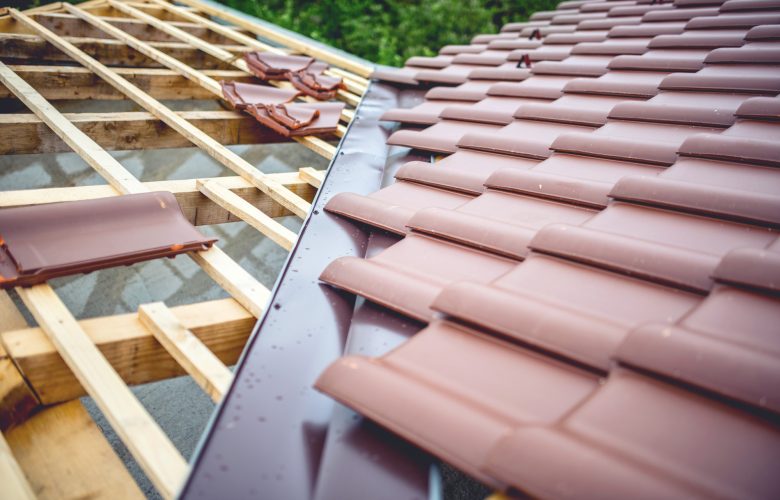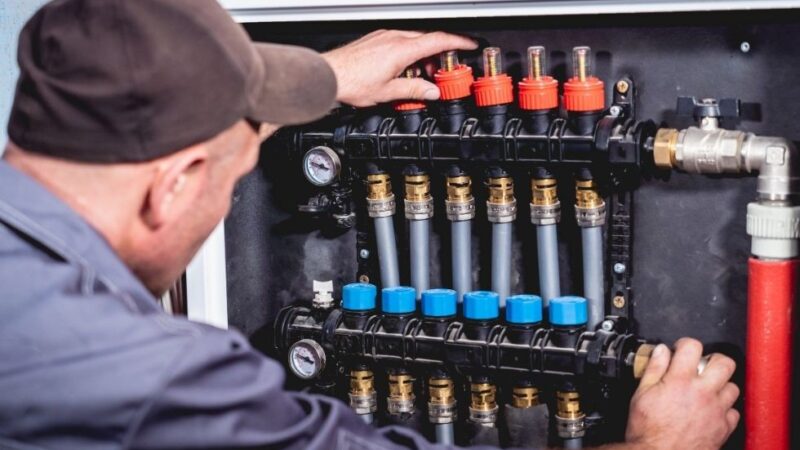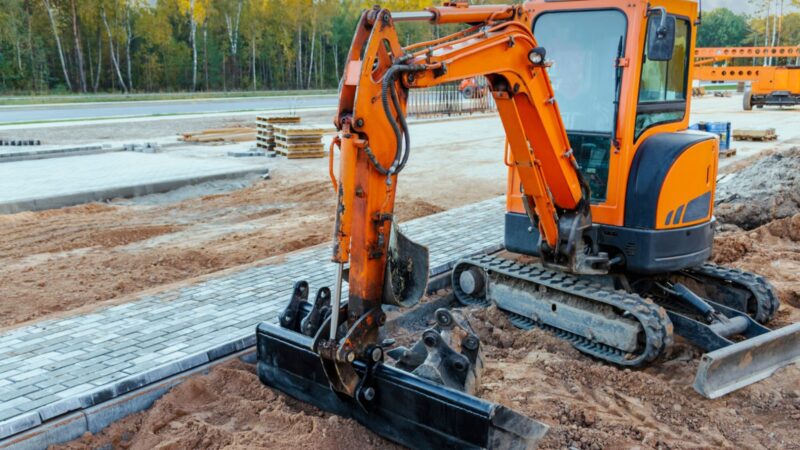In the past, the only roofing options were concrete or clay tiles, slate, and asphalt shingles.
Today’s modern, advanced roofing materials present a wide array of alternatives and fresh looks for the current materials. Before spending money on new roofing installations, be sure to read up on the various roofing materials available.
Below is the list of various types of roofing materials that you may want to consider for your next re-roofing project.
- Clay and Concrete Tiles
Clay and concrete roof tiles are strong enough to withstand hurricanes, tornadoes, or winds that move up to 125 miles per hour. It can even withstand earthquakes according to the studies conducted by the Tile Roofing Institute of the University of Southern California. Clay and concrete tiles are suitable for dry, warm climates. They may need additional support for their weight, and they are also fragile.
- Rubber Slate
Homeowners who appreciate natural looks may prefer using rubber slate, which can be cut using a knife. Rubber slate has a lifespan of 100 years, but it can incur damages when walked on. The satellite dishes may also cause damage to rubber slate. It may also be susceptible to hail damage. Also, it may be hard to find roofing professionals that are highly skilled in installing rubber slate.

- Slate
This type of roofing material can last for more than a century. It can resist fungus and mould, it is waterproof, and it won’t burn. Slate is suitable to use in areas with wet climates. However, they are fragile, heavy, and expensive. This may not be a good choice for someone who lives in the areas that experience hail.
- Stone-coated steel
This roofing material can protect the home against freeze-thaw cycles, hail, roof lifting, strong winds, and torrential rains. They are practical and economical. The stone-coated steel is a wise choice for those who live in areas where wildfires usually happen, windy, or almost always wet. This type of roofing material can last for as long as the house still stands.
- Metal roofing
This type of roofing comes in slate that resembles the shingles, tile and shake, or vertical panels. The metal roofing usually lasts for 60 years. Metal does well at sloughing off heavy rain and snow. It can resist fire and high winds. It can be installed on the existing roof, and it is lightweight.
But, it produces noise during rainstorms and may suffer dent from hail. It usually costs more than asphalt but cheaper than concrete tiles. Expect metal to suffer from corrosion, although the severity may vary.
- Asphalt Shingles
This type of roofing material is the most common in America due to their efficacy in handling all weather conditions. The quality of the shingles varies. It is advisable to ask the seller or merchant whether they pass the wind test ASTM D7158 Class H or ASTM D3161 Class F along with the durability test AC438.
The shingles have low upfront costs, but it is wise to replace the shingles every 20 years. If your home is located at a hail prone area, you may want to consider using shingles that have a rating of UL 2218 Class 4 rating.
These shingles are famous for being impact-resistant. The impact-resistant shingles may also make it possible for you to get a discount on your premium as a homeowner the most suitable roof for your home depends on your house, budget, and climate. You may want to discuss it first with a licensed roofing contractor before you decide for the roofing material to use.
Roofing can be costly, and you want to make sure that you have the most suitable roofing material that can protect your home when the unexpected occurs.








